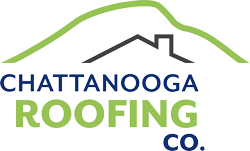
email us
ted@chattanoogaroofingco.com

call us now
(423) 308-ROOF
Roof Inspection
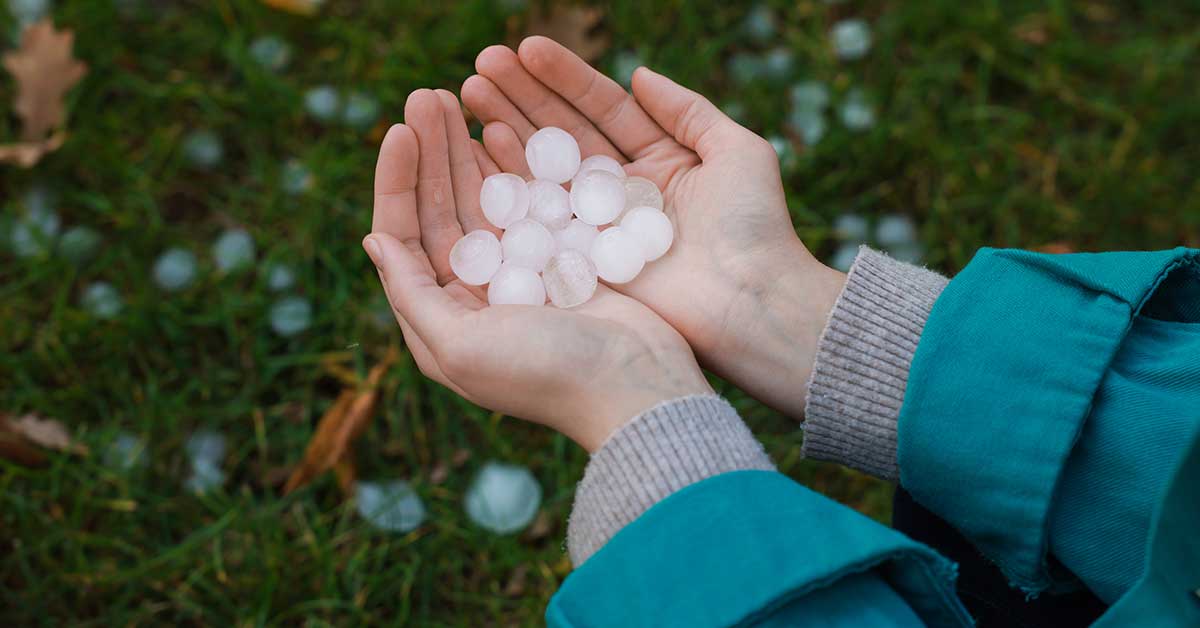
27 Feb. 2023
What Kind of Hail Will Damage an Asphalt Shingle Roof?
The roof is an essential component of any building. Besides protecting from harsh weather conditions, your roof keeps the structure safe and secure. However, when severe weather strikes, your roof can receive significant damage, and hail is one of the most damaging elements. Additionally, asphalt shingle roofing is particularly vulnerable to hail damage. The shingles can be easily cracked or even torn off, leaving the underlying structure exposed. In this blog, we will explore the different types of hail damage that can occur on an asphalt shingle roof. So, what kind of hail will damage an asphalt shingle roof? Let’s dive in.
First, What Kind of Hail Will Damage an Asphalt Shingle Roof?
Let’s get the short answer out of the way right away. Hail that’s a half-inch in diameter may be reason to call a professional roofer for an inspection – especially if strong wind is involved. However, if the hail is closer to an inch in diameter, count on damage and plan for repair work.
Damage that Hail Does to an Asphalt Shingle Roof
1. Bruising
Hail can cause dents or bruises on an asphalt shingle roof, leading to a loss of granules from the shingle surface. This can result in weakened shingles, which are more susceptible to damage from further hailstorms or other extreme weather conditions.
2. Cracking
Hail can also cause cracks in asphalt shingles, leading to leaks and other water damage. Even small cracks can allow water to penetrate the shingle. This can lead to damage to the underlying structure of the roof.
3. Puncturing
Larger hailstones can puncture through the surface of asphalt shingles, leaving holes that allow water to seep into the roof. This can result in significant damage to the underlying structure of the roof, as well as damage to the interior of the building.
4. Granule Loss
Asphalt shingles are coated with small granules that protect the shingle from UV rays and other environmental factors. Hail can dislodge granules from the shingle surface. As a result, this can weaken the shingle and leave it vulnerable to further damage.
5. Shingle Displacement
Hail can also cause asphalt shingles to become displaced from the roof, exposing the underlying structure to the elements. This can result in water damage to the roof and interior of the building, as well as potentially compromising the roof’s structural integrity.
Conclusion
In conclusion, hail can cause significant damage to asphalt shingle roofs, including bruising, cracking, puncturing, granule loss, and shingle displacement. If you suspect that your roof has been damaged by hail, it is important to have it inspected by a professional as soon as possible. Timely repairs can help prevent further damage and extend the life of your roof. Therefore, homeowners must invest in high-quality roofing materials that withstand severe weather conditions, including hail. By taking proactive steps to protect your roof, you can help ensure the safety and security of your home or business, even in the face of extreme weather.
For a complete hail damage inspection of your roof, call Chattanooga Roofing Co. today. We’ll be glad to help!
- By: chattroof

30 Jan. 2023
Benefits of a Professional Roof Inspection to Assess Storm Damage
Protecting yourself from a storm begins with a solid roof. While your roof is generally excellent at keeping you safe from the elements, it can be severely damaged by a severe storm. Worse yet, you won’t be able to see much of the roof damage from the ground. However, a professional roof inspection can help find and assess storm damage. Moreover, your contractor can respond swiftly and effectively to any repair or replacement needs. Keep reading to discover some of the benefits of a professional roof inspection to assess storm damage.
Key Benefits of a Professional Roof Inspection
1. Monitor Roof Stability
The first thing your roofer does is check the roof’s stability. But what does that mean? This means a roofer inspects the condition of the rafters, joists, bracing, and any connecting hardware. Extreme weather conditions like heavy rain, snow, or hail can be violent. For that reason, an inspection is especially crucial right after a big storm has passed.
2. Check for Leaks
A leaky roof is one of the worst problems and is every homeowner’s worst nightmare. Leaks in the roof may go undetected until a severe storm blows through and water begins to drip through your ceiling. The presence of discoloration, such as brown stains on the walls or ceiling, is an indication of water damage. Regular expert roof inspections are the best way to avoid this. Having your roof inspected regularly will boost your chances of spotting leaks before they cause major damage.
3. Spot Unseen Issues
When a storm passes through, it can be tempting to climb up on a ladder and have a look at your roof for damage. This is not a bad idea if you feel safe doing so. While this is useful for spotting large, apparent problems, it often misses the smaller, less evident problems that cost the most. When you hire a skilled roofer, they can spot even the smallest issues and offer solutions. It’s possible for the inexperienced eye to miss problems like small leaks, broken shingles, and missing flashing. However, a professional inspector won’t let that happen.
4. Review Shingles
Have you got a lovely shingle roof? Asphalt shingles are a popular roofing material due to their low cost and high durability. However, they are not indestructible. A professional roofer can check the condition of your roof and shingles to ensure they are still holding up. Storms can cause shingles to become loose, damaged, or even come off entirely. It’s important to make sure the shingles are fitted correctly so there are no leaks in the roof later on.
By now, we’re sure you’re aware of the benefits of a professional roof inspection – especially by a qualified inspector. For a complete, all-points inspection of your roof, call Chattanooga Roofing Co. today. We’ll be glad to help!
- By: chattroof
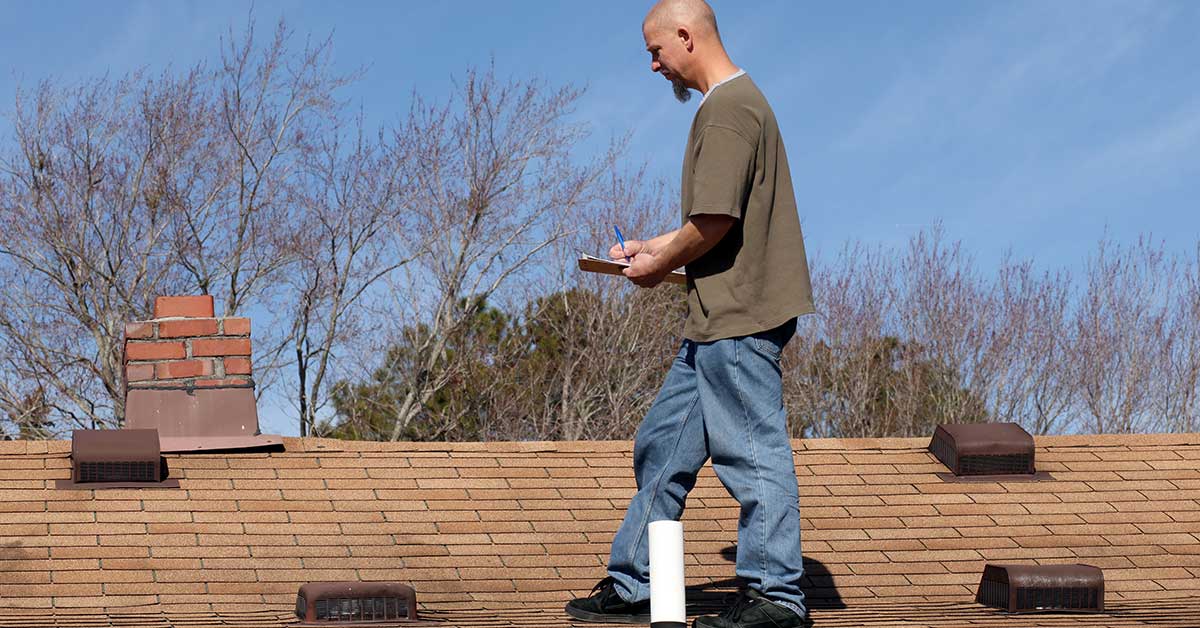
28 Nov. 2022
How to Inspect Your Own Roof
Roofing work, including maintenance and replacement, is a major expense for home and business owners alike. When there are no visible leaks or cracks, most people will think that a roof is in good condition. However, when most people notice a roof leak, significant structural damage has already occurred. Instead of delaying maintenance, you should schedule routine upkeep to protect a costly asset. Admittedly, roofs are what keep the elements out of your house or business. Therefore, it is important to know how to inspect your own roof from time to time. Here is how you can do that:
How to Inspect Your Own Roof in a Few Simple Steps
As a homeowner, you should know how to examine your roof. Always begin with a stroll around the building’s perimeter. Look for cracks and separation within the roof that may show damage. More subtle problems may take longer to show themselves than more obvious damage.
Nonetheless, following a storm or other natural disaster, it may be helpful to take a trip around your home to assess the subtle changes to your roof.
Roof inspections should take place both inside and outside. Here are some pointers on conducting an interior roof inspection.
Possible Interior Leak Warning Signs
- Diminished light reflectivity in the ceiling
- Paint or wallpaper that is peeling
- Cold, damp patches near fireplaces
- Discoloration where walls meet the ceiling
- Dripping from ceiling to floor
Possible External Leak Warning Signs
- Damaged or missing shingles might be an external indicator of a roof leak. Curling, cracking, and losing their watertight integrity are all signs of age in shingles.
- The flashing around the roof’s perimeter can fail and cause leaks if it is rusted or missing.
Look for signs of rot or damage in the gutters, downspouts, including splash pans. By making timely leak repairs, you can reduce maintenance costs and ensure roof stability. Leaks, if not repaired, can result in costly structural damage and a host of additional problems, including but not limited to electrical malfunctions, mold growth, and plumbing malfunctions.
Here are Some Other Factors That Can Help You Inspect Your Roof in Detail
- Locate and clear moss, algae, and leaf piles. They are the most likely culprits for water leaks as well as damage.
- Always be on the lookout for shingles that have buckled or curled. As a result of the heat in the attic, shingles typically buckle and curve away from the house, leaving the roof and the house vulnerable to weather damage and inadequate wind resistance.
- The most common effect of roof damage is worn-out or missing shingles.
- Make sure there is no granule loss. If you notice granules falling off your shingles in large amounts, it’s a sign that they’re getting old or have been damaged by bad weather and will no longer safeguard your home from water damage.
- Check the attic of your roofing for signs of rotting wood and water damage, including deteriorated trusses.
If you cannot do a roof inspection on your own or if you have found damage to your roof, you should call the professionals at Chattanooga Roofing Company to get immediate help because fixing your roof is crucial before the winter arrives.
- By: chattroof
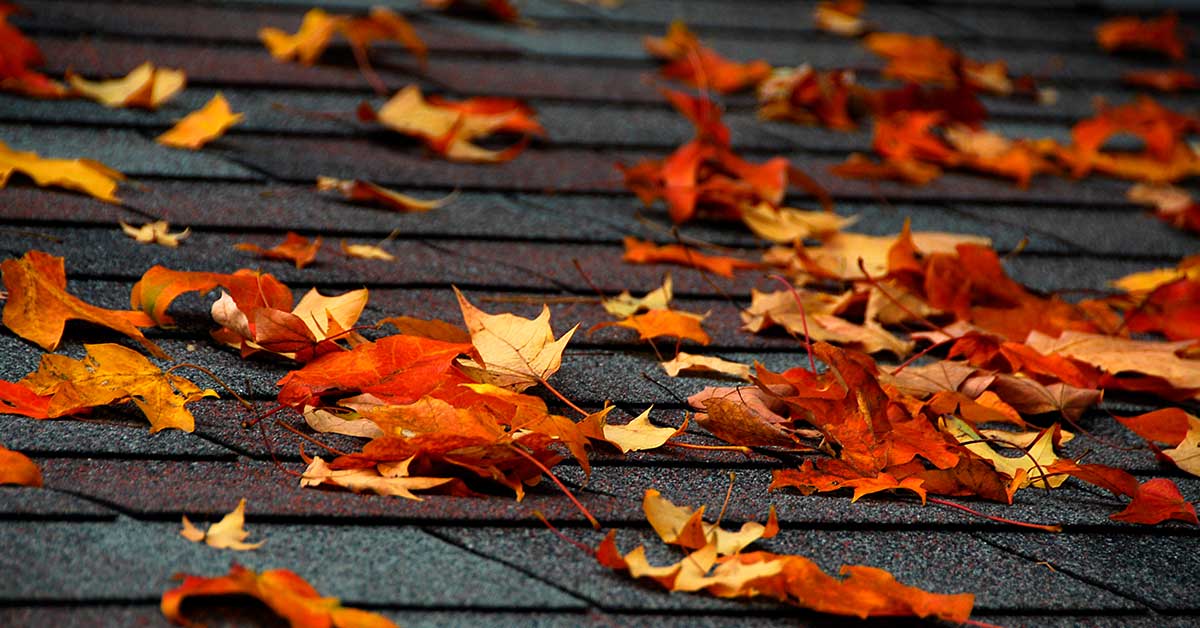
26 Oct. 2021
Is Fall a Good Time to Inspect Your Roof?
Is fall a good time to inspect your roof? Well, you should have your home’s roof inspected once a year at the very least. Inspecting the roof with a trained eye can detect and pinpoint areas that are failing or about to fail. This prevents leaks that could lead to mold and structural damage – and can save you thousands of dollars.
So, why fall? Fall weather tends to be cooler but yet without as much rain as spring. For that reason, it’s actually the best time of year to check your roof. The fact that your roof is intact and not damaged as the seasons change gives you confidence as the winter approaches.
Why Is Fall A Good Time to Inspect Your Roof?
The following are two compelling reasons to have your roof inspected in the fall:
1. Prevent Mold Damage
You can catch small issues before they become major ones. Roof inspection on an annual basis is the best way to do this. If you have a leak in your attic during the rainy season, the wood will rot, and mold will grow. Mold abatement services or having to remove rotting wood from your attic are far more expensive than the money you would have spent on a new roof. Catching and fixing small issues will save you a lot of time, money, and frustration in the long run.
2. Refuge for Furry Friends
As the cool autumn weather gives way to the harsh winter, the animals in your backyard will start looking for new places to call home. What better place for a raccoon, possum, or squirrel to live than in your attic – through a small crack in your roof?
Small animals can quickly damage roof shingles and create an opening that can serve as an entryway. The front teeth of small mammals are razor-sharp. Squirrels will benefit from any damage to your roof because they can tell where the heat is coming from.
So, is fall a good time to inspect your roof? You bet! If it’s been a while since you had your roof inspected, or if it’s time for your annual inspection, now is the time to schedule an appointment to have your roof inspected. Call Chattanooga Roofing Co. at (423) 401-2448 for your roofing needs.
- By: chattroof

28 Jun. 2021
Why is a Leaky Roof Dangerous?
Do you see water stains coming from your attic that extend across your ceilings and run down on your walls? These are obviously major signs that you have a leaky roof. It is imperative that you have your roof inspected and these leaks repaired immediately. But, why is a leaky roof dangerous?
Even if it does not bother you too much or if you’re already planning a home renovation down the road, a small leak can lead to bigger problems if left untreated. It could lead to rotted framing and wall materials, as well as damaged insulation and ceilings.
Here are the signs of a leaky roof that you should watch out for:
- Dark spots
- Sunlight streaks
- Warped shingles
- Clogged gutters
- Mold growth
- Loosened chimneys/vents
- Higher energy bills
That should answer the question, “why is a leaky roof dangerous?” If you notice any of these signs, hire a roofing contractor to diagnose then fix the issue. If the leaks are big, don’t try to fix it on your own. There’s only so much you can do to manage the situation, and a professional roofing expert can have the leak repaired more quickly than you do.
How Do You Prevent a Leaky Roof?
To prevent leaks from happening, you should have your roof inspected at least twice a year, preferably before the start of heating and cooling seasons (fall and spring).
Doing this will ensure that your roof stays in good shape. It will help you get small problems addressed quickly, and prevent potential big problems from happening.
Repair Your Roof Leak Today
Leaky roofs never fix themselves, nor do they get better on their own. Postponing the repair work for later will only make the problem worse, the labor more intensive, and the repair more expensive.
A roof leak can cause a huge inconvenience to your household. If you are in need of leak repair, please call Chattanooga Roofing Co. at (423) 888-0258 for more information.
- By: chattroof
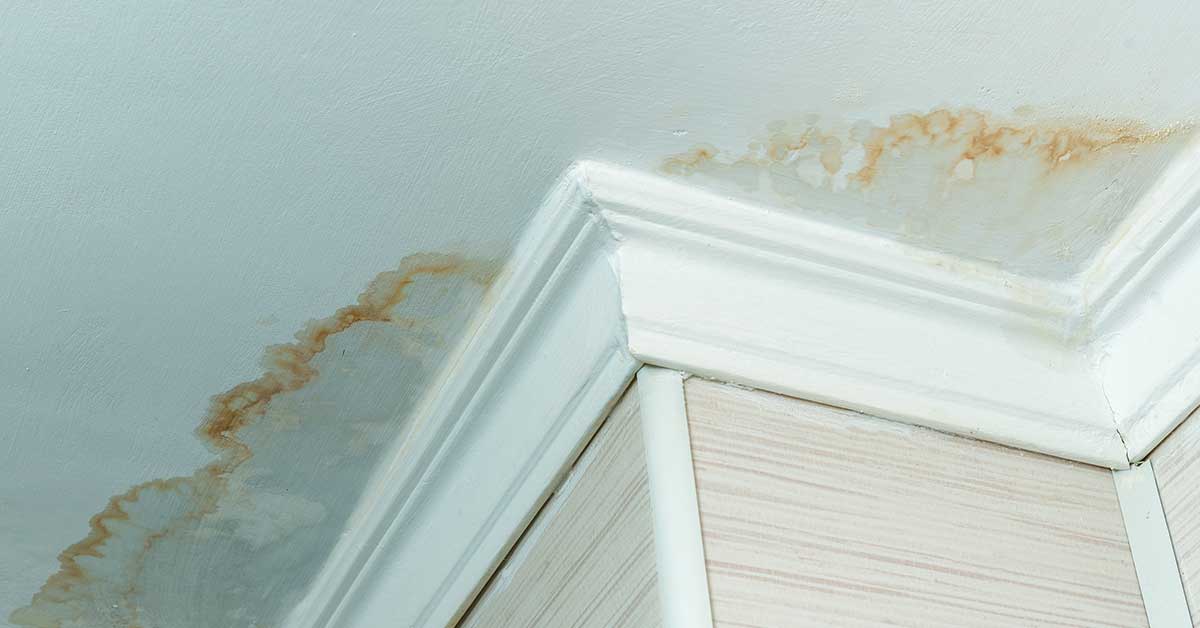
26 May. 2021
5 Signs Your Roof is Damaged
When was the last time you inspected your roof for damage? If you don’t know the last time, or worse, you haven’t inspected it at all, this spring would be a good time to do so. We will describe the 5 signs your roof is damaged.
Keep on reading to find out if your roof has damage – and if you’ll need the help of a roofing contractor.
5 Signs Your Roof is Damaged
Water stains
If you see stains running along the ceiling and walls of your house, you need to have your roof checked. If left untreated, these small stains could lead to bigger problems over time such as rotting framing, destroyed insulation, and weaker foundation structure.
Damaged shingles
After checking for stains and leaks, go outside and check the shingles on your roof. Are all of them still lying flat on the roof? Have you noticed some shingles that appear cracked, loose, or maybe missing? Have you seen some asphalt granules on your downspouts? If so, you’ll need the help of a professional to replace these shingles.
Damaged flashing
Roof flashing is a piece of metal that protects the area around chimneys, vents, and skylight windows. It redirects water away and prevents moisture from growing in these structures. Check your flashing for cracks or corrosion. If it has been damaged, you’ll need to have it replaced with one that is made of sturdier materials.
Presence of mold
Rainy weather and humid days can cause algae, moss, and lichens to grow exponentially in your roof. These can also create health problems for the family, attract pests, and make your roof unsightly. In addition, ask a roofing expert to come over and clean the roof as soon as possible to minimize the damage and staining.
Presence of pests
If there are rodents in the attic, there could be a gaping hole in the roof that allows these pests to enter. Lay out animal traps to find out their entry and exit points, then seal them. If the infestation is extensive, you’ll need the help of a pest control company.
If you suspect your roof has damage call Chattanooga Roofing Co. at (423) 443-4174.
- By: chattroof
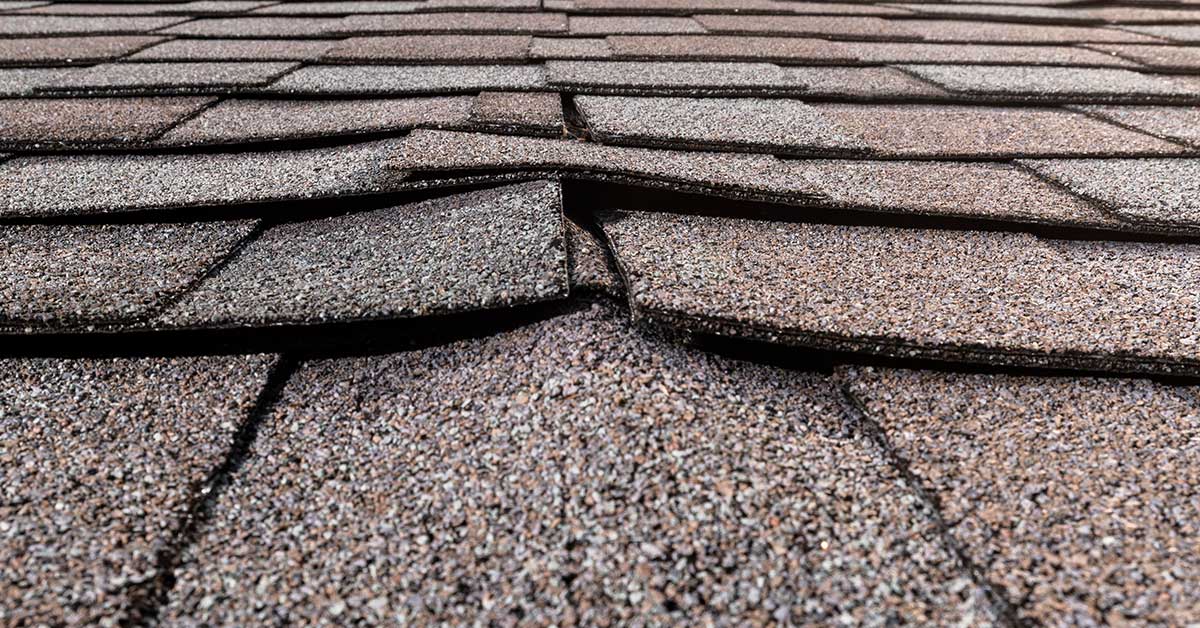
21 Jan. 2021
What are the Problem Areas of Your Roof?
If your roof is getting on in age or has not been maintained for quite a while, we recommended that you inspect it for damage. Doing so prevents the problem from worsening and saves you from spending lots of $$ in repair. But in order to do so, you have to know what are the problem areas of your roof.
What are the Problem Areas of Your Roof?
Here are the top 4 areas you need to watch.
1. Fascia and Soffit
The fascia is a piece of trim that runs along the edge of a roof to create a more smooth, polished appearance and to protect the edge from the weather elements.
A soffit is placed underneath the eaves to keep moisture away from the rafters.
Both of these could be potential problem areas so inspect them regularly and look for holes and cracks where moisture and pests can come through.
2. Flashing
Roof flashing is made of galvanized steel and helps seal your roofing system by directing water away from critical areas of the roof such as chimneys, vents, and skylights.
However, it could get torn down by a strong wind or get oxidized in the long run. Damaged flashing can cause moisture to come inside the roof seams and cause water leaks.
3. Gutter
A gutter collects rainwater down through a downspout and diverts it away from a home’s foundation. If you don’t maintain it well, your gutter could clog. Leaves, twigs, and other debris can all contribute to that clog. If the load becomes too heavy, the gutter could pull away and separate from the rest of your home.
4. Shingles
Shingles make your roof easy on the eyes. They also serve as another protective layer for the underlayment and other parts of your roofing system. However, high winds can pry these shingles apart and extremely hot weather may cause them to curl or loosen up.
If you spot any damage within these areas, make sure to call a roofing contractor so they can be fixed right away. Chattanooga Roofing Company is here to answer any questions at (423) 888-0258.
- By: chattroof
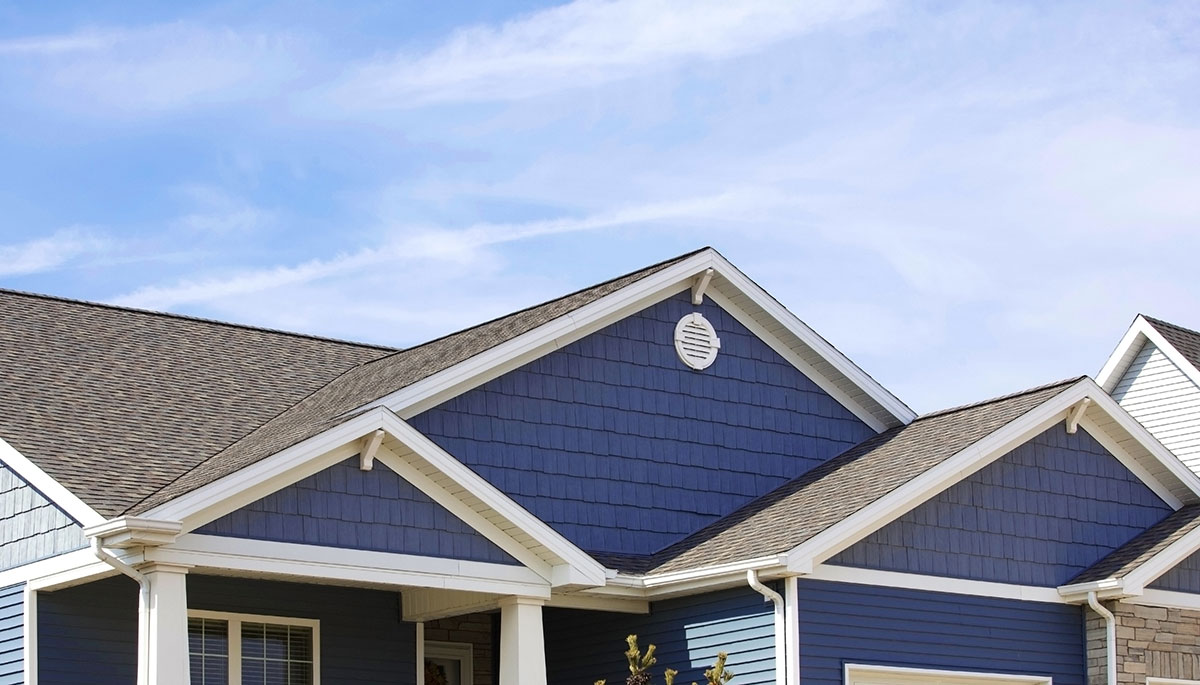
08 Sep. 2020
5 Late Summer Maintenance Tips for Your Roof
During summers — which call for lot of sun – roof maintenance is essential. A new roof is an expensive idea. For that reason, every homeowner desires a prolonged life for their roof made with substantial investment. Whether you installed your roofing now or a few years ago, following the tips below will help extend its life. This way, you can avoid spending on a new roof soon.
5 Late Summer Maintenance Tips for Your Roof
1. Inspect
The first task is to inspect your roof from all angles. Use binoculars or a ladder and look for broken or missing shingles, fungal or weed growth and junk that may have accumulated in the roof’s cracks and crevices. Also, examine the roof for other issues like water stains, missing or loose hardware components, etc.
2. Clean Gutters
House gutters are likely to be clogged with twigs, leaves, and other debris which can ruin paint and lead to water damage. The debris in them can sometimes direct water upwards and rot the roof sheathing. Also, examine the gutters for holes, cracks, or missing caulk. Use gloves to scoop out the garbage from the downspouts as the chemical buildup can be abrasive.
3. Remove Leaves and Twigs
A roof surrounded by tall bushes or overhanging trees is prone to rapid decomposition. This is because leaves and branches from trees collect in roof valleys, allowing moisture to accumulate on your roof. This can promote weed growth in the area and seepage below the roofing surface. So, pick a sunny morning, get on the ladder, and get rid of all the organic matter on your roof.
4. Eradicate Moss
Moss growth can mainly be seen on wooden roofs or shingles. It traps water and thus needs to be tackled almost immediately. We recommend that you use a moss-killing cleaning solution. The unwanted growth can then be swept away by a soft-bristled broom/brush. Once the roof is free of moss, you can install zinc strips to prevent it. It’s more effective and eco-friendly than spraying chemicals.
5. Apply Protective Materials
Late summer is the best time to consider applying coatings, sealants, and other protective materials to your roof. After you’ve finished cleaning your roof, you can apply patching materials, which further ensure a healthy roof for a long time.
We hope these 5 late summer maintenance tips for your roof have been informative. In all these ways, summer can prove potentially damaging for your roofing. And the last thing you want to be doing is roasting in the sun while repairing your roof! Call Chattanooga Roofing Company today at (423) 443-4174.
- By: chattroof
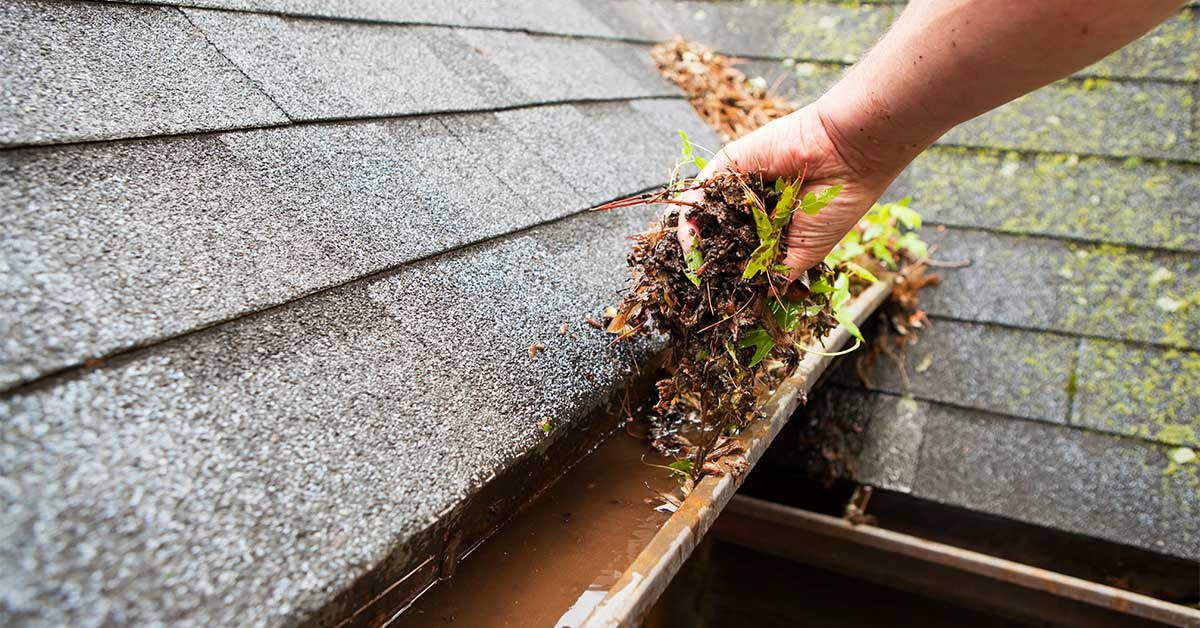
13 Aug. 2020
3 Ways to Maintain Your Roof in the Summer
In the best of conditions, your roof is capable of a decades-long lifespan. However, it’ll only last as long as it should if you maintain it well. For that reason, you need to know what tasks are necessary. And while summer roof care does differ slightly* from care in other seasons, it’s more similar than different. So, how should you maintain your roof in the summer? Read on to learn more about the tasks you need to do.
How to Maintain Your Roof in the Summer
1. Inspect The Roof and Remove Debris
It sounds simple, but many homeowners forget to do it. Looking over your roof closely is an amazingly helpful and necessary task. And what better time than summer? It’s warm, less rainy, less debris is falling … it’s time to inspect the roof.
- Grab a pair of binoculars and scan the entire roof from the outside. However, if your roof is too high for a close look, there’s no shame in having a professional inspect it.
- Next, get inside the attic and closely inspect your flashing for weak points or gaps.
- Lastly, if you’re able to physically walk on your roof and the pitch is low enough to allow balance, wait for a cool day (so you don’t damage the asphalt shingles) and make a careful inspection, removing all debris you encounter. Use only a soft broom – no rakes allowed!
You’re on the lookout for loose, discolored, and/or damaged shingles. They may indicate a more widespread problem.
2. Clean Out the Gutters
This one just makes sense. If your roof can’t properly get rid of water via the gutter, you’ll end up with damage. Not only to the fascia, but also the outside walls and even the roof itself. Clean out the debris from the gutter so your roof does its job from top to bottom. Alternatively, if you can’t get up on a ladder for any reason, feel free to hire a service pro. This isn’t just how you maintain your roof in the summer – it’s a year-round task.
2. Cut Back Trees and Shrubs
Nothing can damage the edge of your roof quite like a tree limb scraping it. Overgrown or low-hanging foliage is a no-no when it comes to keeping your roof intact. Use the summer months to cut back and trim all the bushes and trees that come anywhere near your roof. You’ll reduce algae growth, moss buildup, and scrape damage. In addition, you’ll reduce the sticks and leaves you need to clean off the roof and out of the gutters.
If your roof needs repair or replacement (and all roofs will eventually), get professional help! Simply call Chattanooga Roofing Company at (423) 799-2173 today.
* Really, the only big difference is temperature. Since heat makes asphalt softer, you should be careful if you need to walk on your roof in the summer. You need to avoid pulling shingles off their nails or scraping off the protective granules.
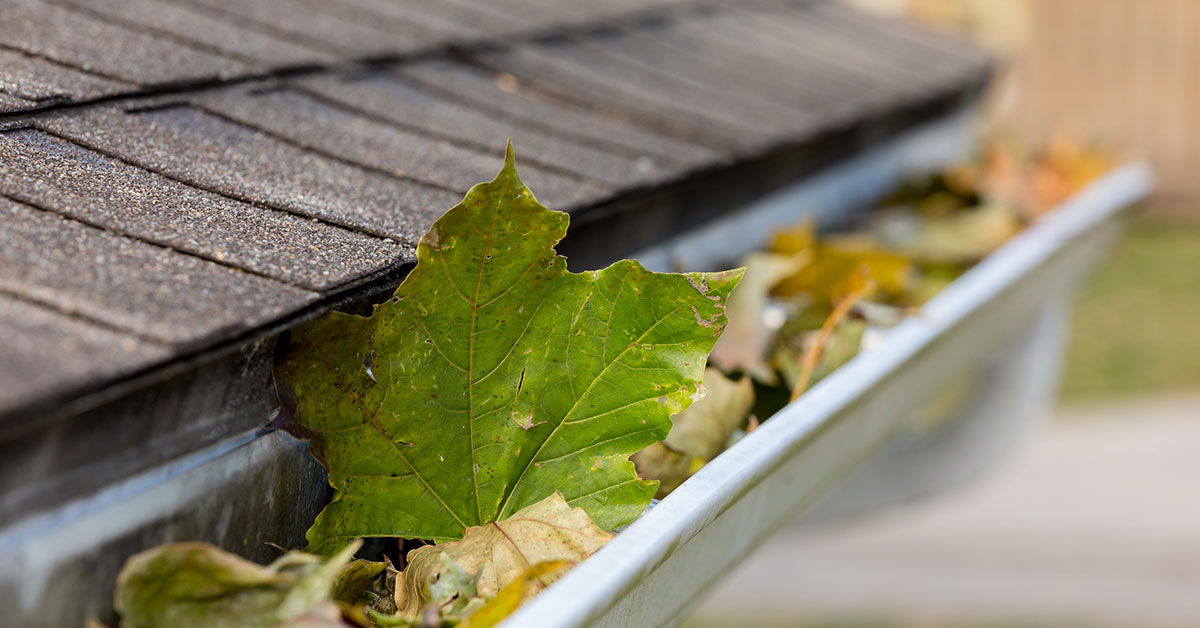
16 Apr. 2020
5 Roofing Tips for Spring
Your roof just took a heavy beating during the past winter while protecting you and your loved ones from the cold. Below are 5 roofing tips for Spring that will help you prepare your roof.
It’s now your turn to give your roof a little pampering and see how well it weathered the harsh winter season.
Here are some ways to take care of your roof that you can include in your spring cleaning checklist:
5 Roofing Tips for Spring
1. Examine the Shingles
See if there are any shingles that are curling or missing because this is the earliest sign of roof damage. Doing so allows you to spot problems early on and resolve them before they could get worse.
2. Clean Gutters and Downspouts
Since spring is here, water won’t be the only thing falling on your roof. Expect seeds, leaves, and twigs to make an appearance as well. Look out for loose shingle granules as this could also indicate roof damage. Cleaning your gutters and downspouts ensures that water from the rain is drained properly and won’t overflow.
3. Inspect the Attic
The state of your attic is another indicator of roof damage. If you see water stains and sunlight passing through the ceiling or smell mildew odor, you need to investigate further to see what’s causing them.
4. Remove Tree Limbs
They may look innocent enough, but tree limbs can fall and damage certain parts of your home, including the roof.
5. Schedule a Roof Inspection
Aside from checking on the state of your shingles, you also need to inspect other parts of your roof such as gutters and flashing from time to time.
—————
If the inspection is something you can’t do on your own or if you spot a roofing issue, it’s time to hire a professional roofing contractor who knows what they’re doing. Just give us a call at (423) 799-2173 and we’ll help make your roof ready for spring.
- By: chattroof
visit Us: 529 S. Germantown Rd. Chattanooga, TN 37411
email us: ted@chattanoogaroofingco.com
24/7 Emergency call (423) 308-ROOF
